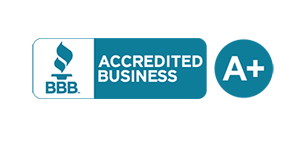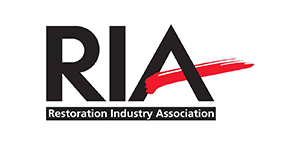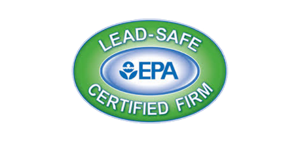Did you know floods are the most common natural disaster in the U.S.? FEMA says damage can start with just 6 inches of water. This can cause a lot of harm to homes and belongings. The average flood claim is over $42,000, showing how important it is to know how to handle a flooded house.
After the water goes down, homeowners face a big challenge. They need to check the house’s structure and utilities. Experts like FEMA say to look for gas leaks, electrical dangers, and structural issues first.
If the damage looks too much to handle, getting help from experts is a good idea. The IICRC is recommended by the EPA. They help with more than just removing water. They make sure the house is safe and ready for cleaning and repairs.
Key Takeaways
- Floods are the most common type of natural disaster in the United States.
- Flood damage can start with as little as 6 inches of moving water.
- The average flood claim through the NFIP is over $42,000.
- Before starting any cleanup, check for gas leaks and electrical hazards.
- Professional help from organizations like the IICRC is recommended if the damage is extensive.
- Documenting damage with photos and videos can expedite insurance claims.
Safety Precautions Before Entering a Flooded House
It’s very important to be safe before going into a flooded house. Here are some safety measures for flood cleanup:
- First, turn off the gas and electricity to prevent fires and electrical shocks.
- Look at the outside for:
- Structural damage
- Signs of gas leaks
- Damaged power lines
- Compromised foundations
- Let fresh air in the house for at least 30 minutes before staying longer.
- If the house was closed for days, assume there’s mold.
- Wear rubber boots, gloves, eye protection, and an N95 mask. This protects you from debris and contaminated water.
- Keep gasoline-powered tools at least 20 feet away from doors, windows, and vents. This prevents carbon monoxide poisoning.
- Throw away all perishable food items that got wet, even if they look okay.
- Don’t use water from flooded sources for washing dishes, cooking, or personal hygiene. Use bottled, boiled, or treated water instead.
- Stay away from standing water. It can have infectious diseases, chemical hazards, and pose injury risks.
Every step is about checking home safety after flooding to make sure it’s safe before cleaning or fixing things. Always put safety first to avoid health risks and ensure a safe recovery. Take photos of any damage for insurance and look into federal help through the National Flood Insurance Program if you can.
Steps for Cleaning and Restoring a Flooded House
Dealing with a flooded house needs careful steps for a complete clean-up and fix. First, remove standing water with pumps or wet vacuums. It’s key to take out water-soaked items like carpets and flooring within 24 hours to stop mold.
After removing water, shovel out mud and throw away damaged insulation. Taking out insulation from walls helps stop mold and improves air quality. Make sure to get rid of damp insulation to avoid mold and bad smells.
Clean, disinfect, and dry surfaces well. Use a mix of bleach and water to kill germs. Treat wood with trisodium phosphate. Use moisture meters to find any wet spots.
Drying out the structure can take weeks or months, based on the damage. Dehumidifiers are vital to lower moisture and stop mold.
Check tile floors for damage and dry them well. If wooden subfloors swell, you might need to replace them. Remove wet drywall at least a foot above the water line for better drying.
Fixing a flooded house can take weeks. Quick action can save a lot of items. Getting help from flood cleanup services is a good idea for a thorough job.
After a flood, getting professional help is crucial, especially in flood-prone areas like Florida and Texas. Make sure to check electrical systems with a licensed electrician. Up to 40% of HVAC systems may need fixing after a flood.
Mold can grow fast after a flood, so acting quickly is important. Wear protective gear like gloves and masks to stay safe. Always turn off utilities before going inside.
Conclusion
Restoring a flooded home is a big job that focuses on safety, cleaning, and patience. First, make sure the structure is safe and there are no health risks. This starts with quick and effective water removal.
It’s important to follow advice from FEMA and the EPA for a good plan. Knowing your insurance policy is key, as many don’t cover flood damage. You’ll need to document everything well for insurance claims.
Act fast to stop mold growth, as it can start in just 24-48 hours. Getting a sump pump can help avoid future floods and save money.
How long it takes to recover depends on the flood’s size. Minor floods might clear up in a day, but bigger ones could take weeks. About 90% of homes in flood areas get water damage, so being ready is crucial.
Always put safety first. Avoid standing water that might be electrically charged. Use good ventilation and clean everything well to avoid health problems.




















